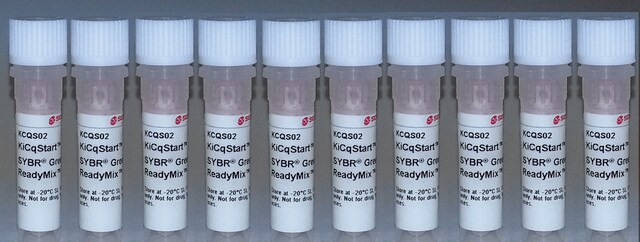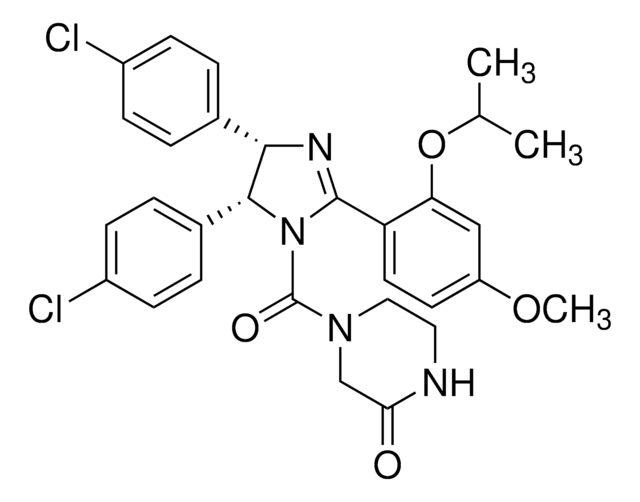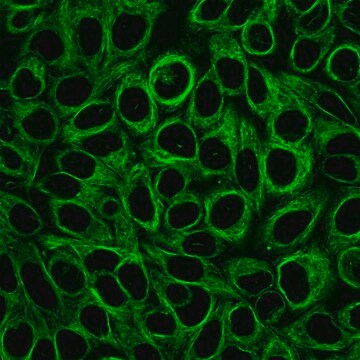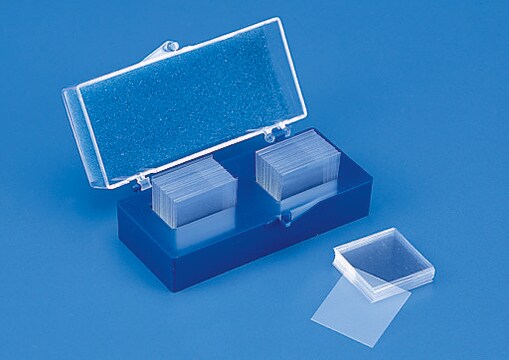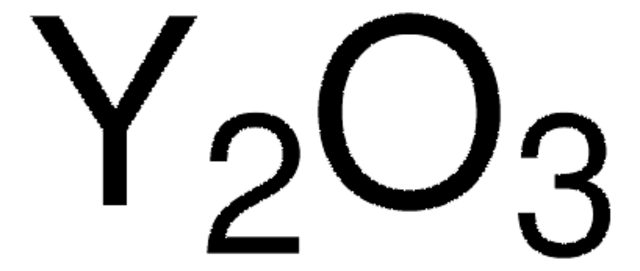ABN427
Anty-RalDH3 (ALDH1A3)
from rabbit, purified by affinity chromatography
Synonim(y):
Aldehyde dehydrogenase family 1 member A3, Aldehyde dehydrogenase 6, RALDH-3, RalDH3, Retinaldehyde dehydrogenase 3
About This Item
Polecane produkty
pochodzenie biologiczne
rabbit
Poziom jakości
forma przeciwciała
affinity isolated antibody
rodzaj przeciwciała
primary antibodies
klon
polyclonal
oczyszczone przez
affinity chromatography
reaktywność gatunkowa
rat, mouse, human
metody
immunofluorescence: suitable
western blot: suitable
numer dostępu NCBI
numer dostępu UniProt
Warunki transportu
ambient
docelowa modyfikacja potranslacyjna
unmodified
informacje o genach
human ... ALDH1A3(220)
Opis ogólny
Immunogen
Zastosowanie
Analiza immunofluorescencyjna: Rozcieńczenie 1:150 z reprezentatywnej partii immunobarwiło beleczkowanie rozwijającego się oka w zatopionych w parafinie skrawkach głowy embrionalnego szczura E15 Sprague Dawley (SD) metodą immunohistochemii fluorescencyjnej (dzięki uprzejmości Anny Ashton, University of Aberdeen).
Analiza Western Blotting: Rozcieńczenie 1:1500 z reprezentatywnej partii wykryło RalDH3 w 50 µg lizatu całej tkanki oka nowonarodzonego (postnatalnego P0) szczura Sprague Dawley (SD), ale nie w lizatach tkanki bocznej kory mózgu i mostka dorosłego szczura SD (dzięki uprzejmości Anny Ashton, University of Aberdeen).
Neuroscience
Jakość
Western Blotting Analysis: A 1:500 dilutioin of this antibody detected RalDH3 in 10 µg of mouse retina tissue lysate.
Opis wartości docelowych
Postać fizyczna
Przechowywanie i stabilność
Inne uwagi
Oświadczenie o zrzeczeniu się odpowiedzialności
Nie możesz znaleźć właściwego produktu?
Wypróbuj nasz Narzędzie selektora produktów.
Kod klasy składowania
12 - Non Combustible Liquids
Klasa zagrożenia wodnego (WGK)
WGK 1
Temperatura zapłonu (°F)
Not applicable
Temperatura zapłonu (°C)
Not applicable
Certyfikaty analizy (CoA)
Poszukaj Certyfikaty analizy (CoA), wpisując numer partii/serii produktów. Numery serii i partii można znaleźć na etykiecie produktu po słowach „seria” lub „partia”.
Masz już ten produkt?
Dokumenty związane z niedawno zakupionymi produktami zostały zamieszczone w Bibliotece dokumentów.
Nasz zespół naukowców ma doświadczenie we wszystkich obszarach badań, w tym w naukach przyrodniczych, materiałoznawstwie, syntezie chemicznej, chromatografii, analityce i wielu innych dziedzinach.
Skontaktuj się z zespołem ds. pomocy technicznej

